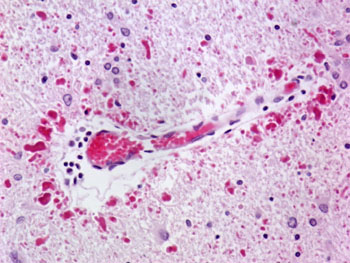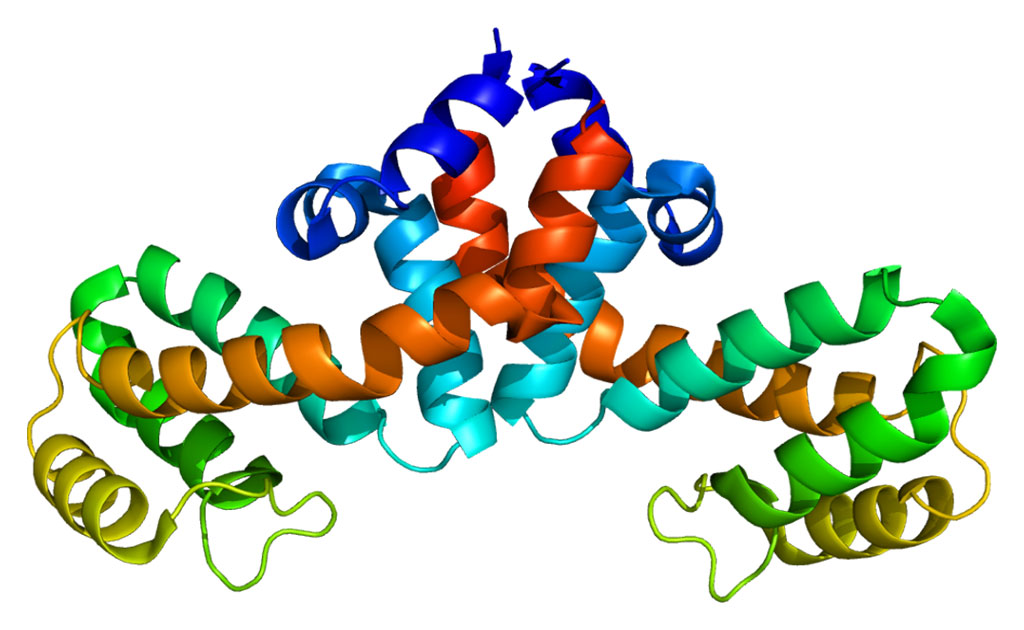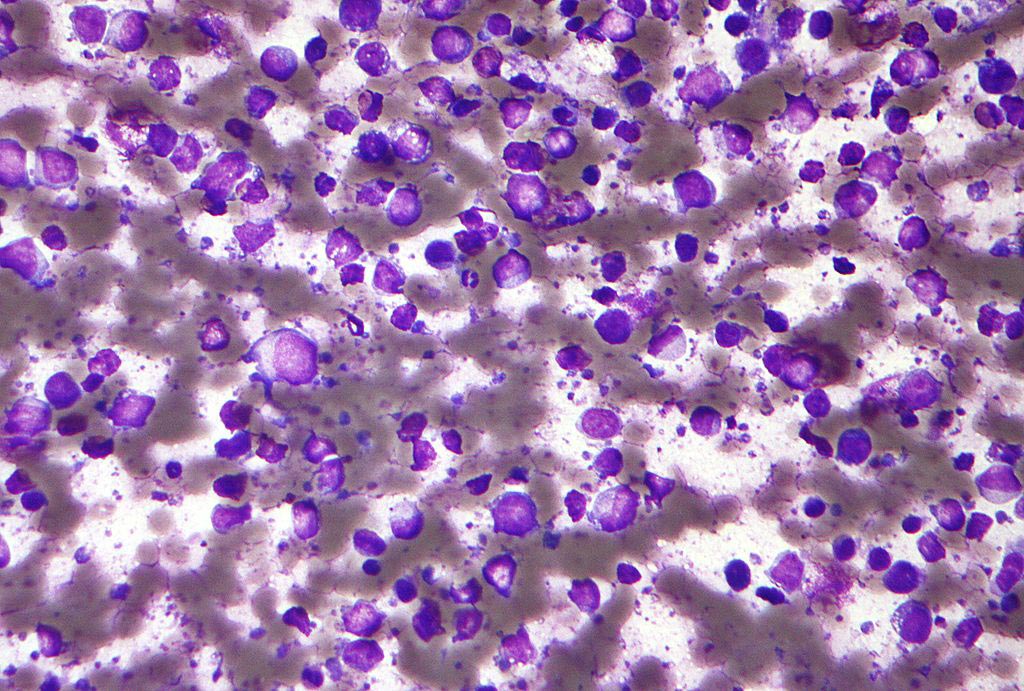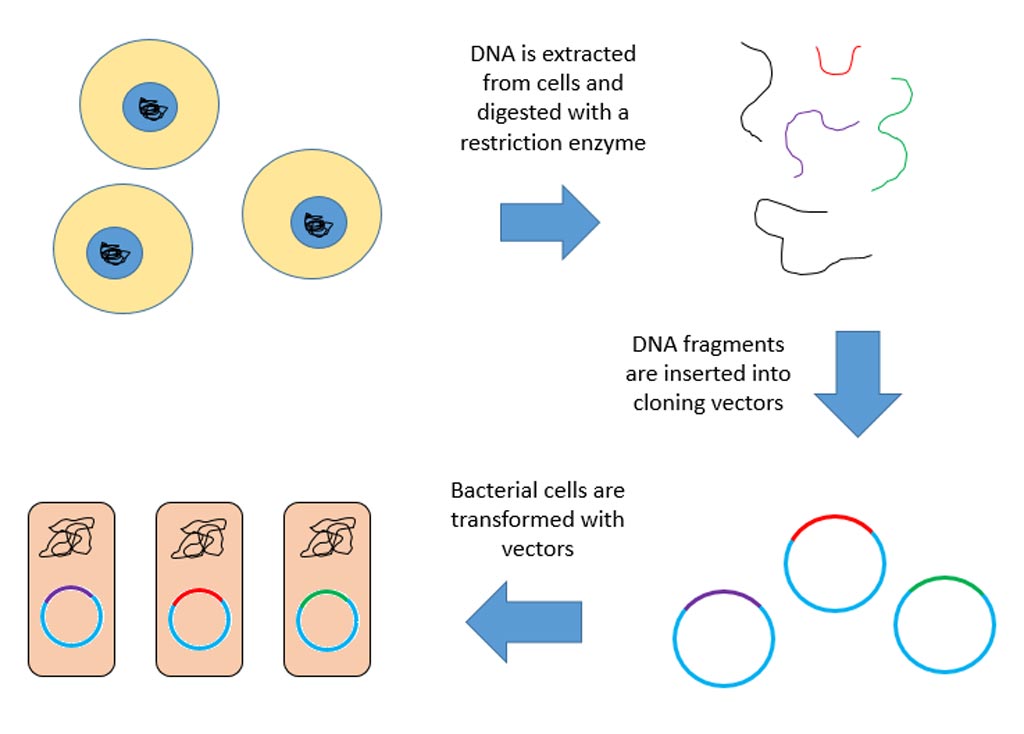Development of Neurodegenerative Diseases Linked to Astrocyte Nitric Oxide Signaling
By LabMedica International staff writers
Posted on 15 Dec 2015
Nitric oxide (NO) signaling, initiated by brain astrocytes, has been linked to the destruction of neurons that characterizes many neurodegenerative diseases.Posted on 15 Dec 2015
Astrocytes are now thought to play a number of active roles in the brain, including the secretion or absorption of neural transmitters and maintenance of the blood–brain barrier.

Image: Standard histology H&E (hematoxylin and eosin) staining of tissue from an eight-year-old Alexander disease patient. Rosenthal fibers—the hallmark of the disease—are shown in pink; nuclei are shown in blue (Photo courtesy of Liqun Wang, Feany Laboratory, Brigham and Women\'s Hospital).
To study cellular events that occur in the brain during the progress of neurological disorders, investigators at Brigham and Women's Hospital (Boston, MA, USA) developed a fruit fly model of Alexander disease, a rare degenerative neurological disorder caused by astrocyte dysfunction.
Using this model system, the investigators identified astrocyte-derived NO as a signaling molecule triggering astrocyte-mediated neuronal degeneration. NO acted through cGMP signaling in neurons to promote cell death. Astrocytes themselves also degenerated, via the DNA damage response and p53 protein.
Results from the fruit fly model were confirmed in a mouse model. Furthermore, evidence of activation of the NO pathway was detected in samples from human patients with Alexander disease.
"We are excited to be contributing to a growing area of study of how astrocytes contribute to neurodegeneration, and to have uncovered a role for NO as a neuronal cell death signaling molecule," said senior author Dr. Mel B. Feany, a senior pathologist at Brigham and Women's Hospital. "Our findings define a potential mechanism for neuronal cell death in Alexander disease and possibly other neurodegenerative diseases with astrocyte dysfunction."
The study was published in the November 26, 2015, online edition of the journal Nature Communications.
Related Links:
Brigham and Women's Hospital













